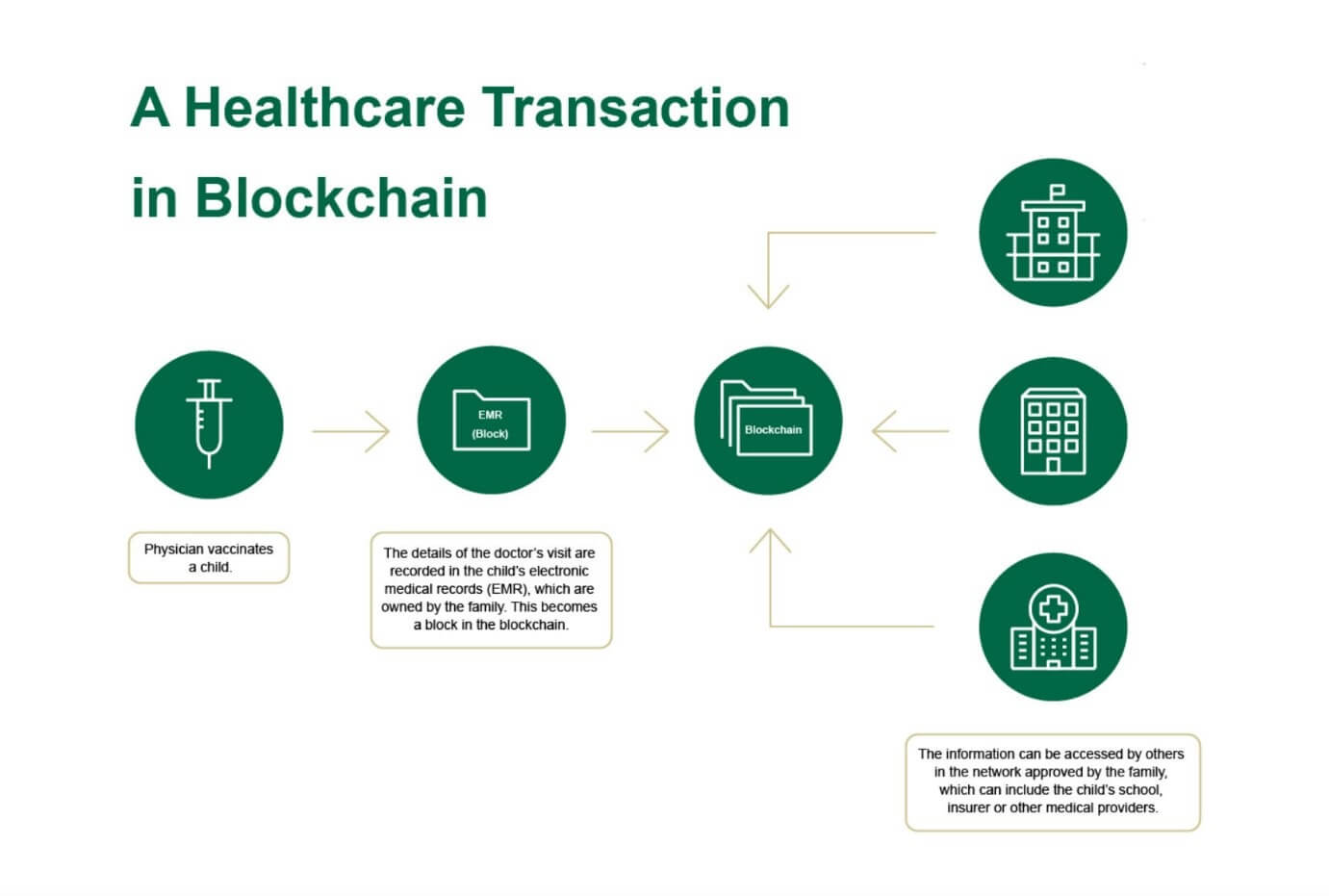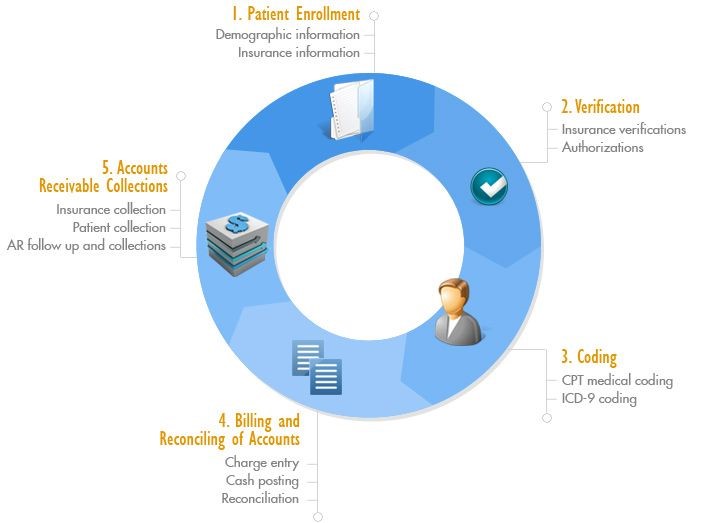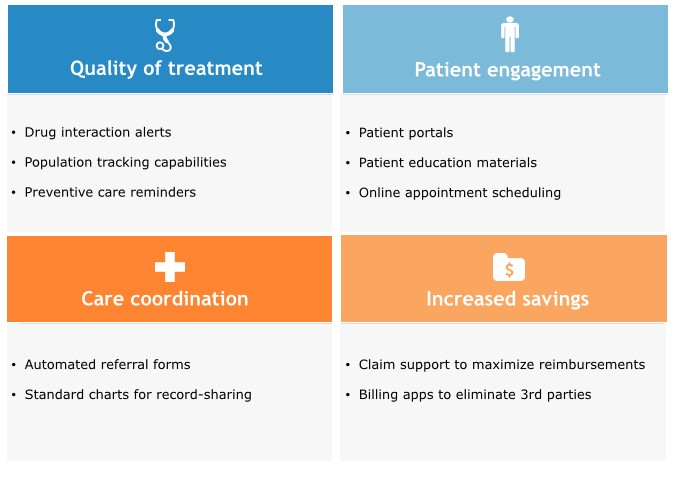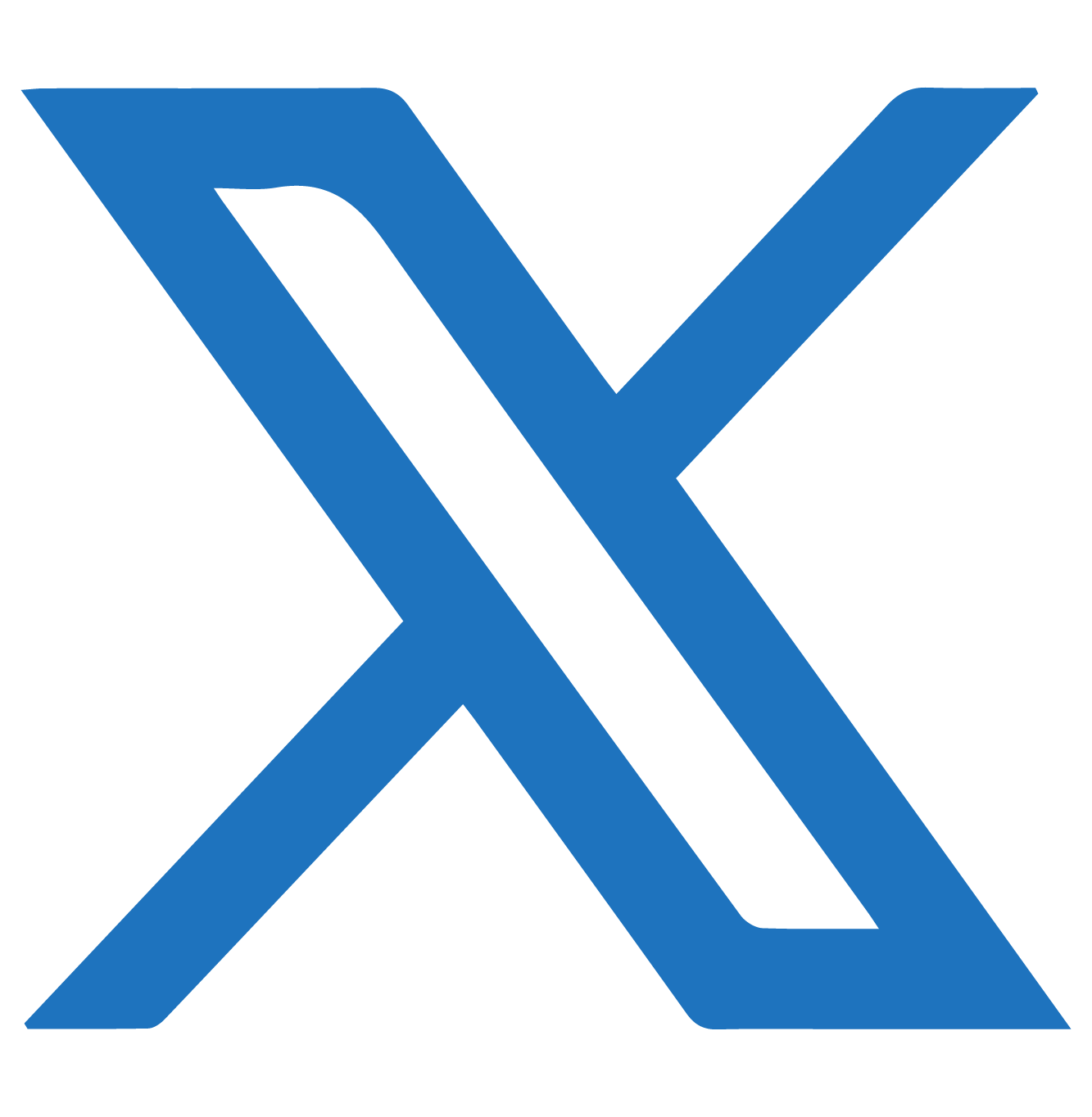
- Date: Mar 09, 2021
- Category:
As the COVID-19 has grabbed all the attention since last year, it has also made massive changes in the healthcare industry. The practices have been hindered too. The question that is bothering every healthcare practitioner is what is the trend that medical billing and coding will follow, and how will they be advantageous to ease the challenges set by the pandemic. There are certain medical billing trends that are setting in as the year is starting, and we hope they rule out the challenges faced the previous year by the healthcare sector. These future trends of medical coding and billing can prove to be great in the long run.
Basically, medical insurance ventures need a universal set of codes to process any payment claimed. This makes the whole functioning of medical coding and billing an undeniable need for medical facilities and healthcare centers. Having a deep understanding of how these codes need to be used and what type of errors one should avoid can help in making the maximum reimbursements possible for the patient population.
As any new year begins, come new rules and regulations begin to take their place. It is done so for two prime reasons.
- To make the healthcare or medical facilities more seamless than the previous year
- To improve the rate of revenue in comparison to last year
With these technological advancements taking place, the medical industry is booming high. Let us look into the five focal new trends in the medical billing and coding field that will make their prominent place in 2021 very shortly!
Five trends that must be known while stepping in 2021 for the medical billing and coding field!
1. The dominance of Blockchain
We certainly cannot deny the whole process of medical billing, and coding is packed with multiple challenges. Some of them are like billing code errors, duplication of processes, incorrect filings, and unintentional billings.
Image Source: usfhealthonline.com
Blockchain is a well-organized distributed ledger that assists healthcare providers in eradicating the scope for errors by already reflecting proof after the transaction is successfully processed. This kind of advancement allows data integrity and safeguards data of medical organizations, its EHRs (Electronic Health Records), patient health data, claims of data, and monitors system data too. Blockchain also records the billing data in a way that it cannot be altered till it finally reaches the recipient. The data is completely secured and is saved in a private location.
2. Outsourcing the function of Medical Billing
In the healthcare industry, losing track of trends is like losing an opportunity. You cannot blunder the scope of success. Therefore, keeping up with the new practices is extremely important to upgrade in the medical billing and coding field. However, to make sure the operations are secured, premium, and seamless, it is important to divide time evenly between the services offered at the medical facilities and the back end invoice management.
A lot of medical practitioners are choosing to outsource medical billing and coding services are they do not want to hamper the quality of services they offer at their end to the patient population. It is estimated that by 2026, the medical billing and coding revenue will cross $19.7 billion at a CAGR of about 11.8 percent.
Image Source: pinterest.com
RCM, or as we may say, Revenue cycle management, is counted to be one of the best aspects that medical practitioners choose. It holds a number of complex procedures to be easily taken care of, such as patient appointments, claims submission, AR follow-ups, enrollment insurance, and payment collection.
This helps medical practitioners to streamline the process and focus mainly on catering to the patient needs related to the healthcare facilities. Thereby they blindly rely on such medical billing companies and coding related companies for admin work.
There are multiple benefits of outsourcing the billing procedure. Such as:
- Saves time and effort
- Budget-friendly by all means
- Improves the revenue collection
- Improves the productivity of the practitioner
- Control scope of flaws
- Improves data management
- Contains transparency of operations
3. Integration of Electronic Health Records (EHRs)
The arrangement of documents and paperwork is a tricky task for healthcare companies. Here the integration of electronic health records comes into the picture. The trend of EHRs began in 2020 and seems to stay for 2021 and many years ahead. It lets the service providers work on their tasks evenly and organize the data in a settled manner.
Image Source: softwareadvice.com
This also comes as a support system for the medical billing and coding field. With EHR, the ability to make the payment procedure becomes more smooth and effective.
4. Recent Financial Opportunities
As the medical billing procedure is generally too exhausting and lengthy, it becomes bound to have flaws. Due to complex procedures of medical bills, patients find it difficult to pay their bills and eventually take loans to pay for their treatment, which is in the form of medical debts. Due to such conditions, medical practices at different stages become a hurdle for unsteady cash flow and delay in payments.
In case a person takes a loan, high deductible health plans land them in a troubling position. To solve such a cash crisis, the demand for financing opportunities rise up so that the patient can easily pay for their medical bills and make an on-time payment schedule. They can avoid the old traditional payment methods and chose the ones that give them a seamless experience. This works great for medical service providers as well as the patient population.
5. Pricing Transparency and Healthcare Service Quality
Many times, patients look for transparency of payment details, services offered, and overall medical billing. In case you don’t offer that, chances are high, they will switch the healthcare facility. Due to increasing the profits, many companies bluff the payments and make more money than it was supposed to be taken. This hinders the trust factor majorly. The hidden costs and excess amounts mentioned in the bill create a fear of burning a hole in the pocket of patients.
A procedure of complete transparency will make patients carefree and ease the stress of hidden charges on the medical bills after availing the health treatments. This trend will help in improving patient satisfaction; however, on the other hand, it helps the healthcare companies build the trust factor in the clients.
Concluding Note
These trends have a scope to make the healthcare industry a more evolved space with the potential to overcome the challenges seen during the COVID-19 pandemic. The patient population will feel more secure, and the medical staff will be more productive in approach to offer their very best.
It is absolutely important for healthcare companies to meet the changing demands of the market. To do so, these trends will be beneficial around the world.






